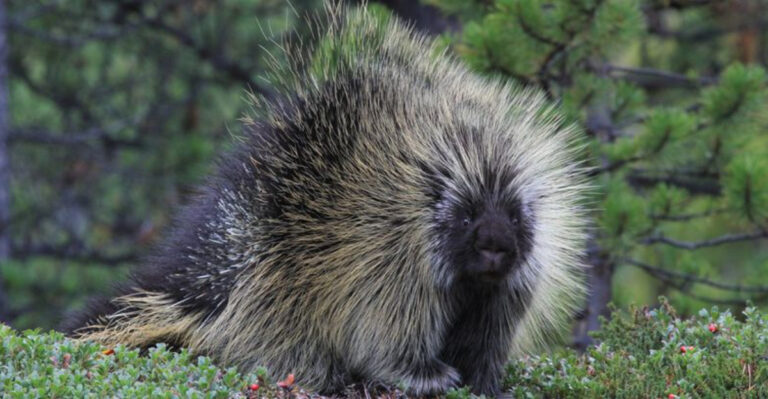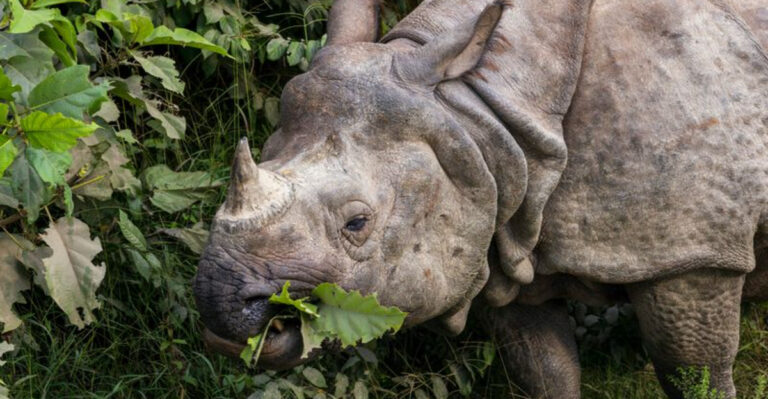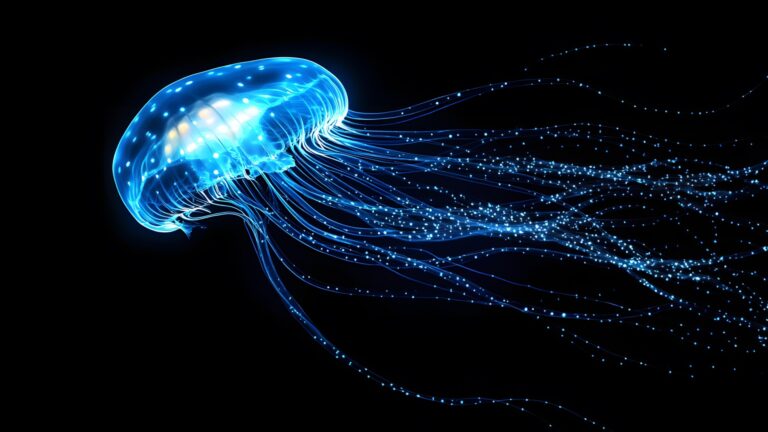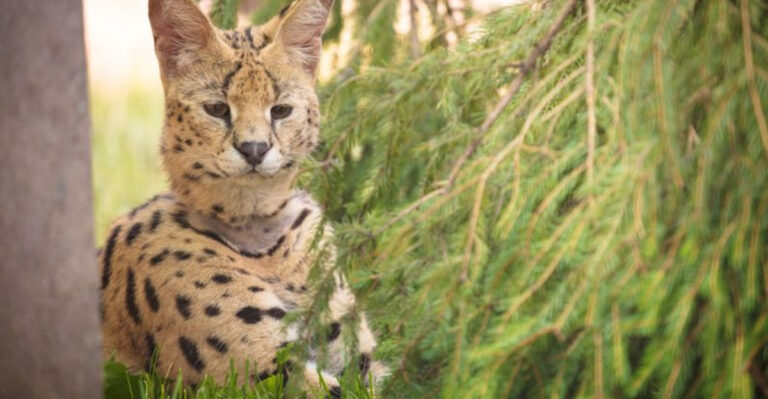13 Endemic Animals Found In Just One Corner Of The World
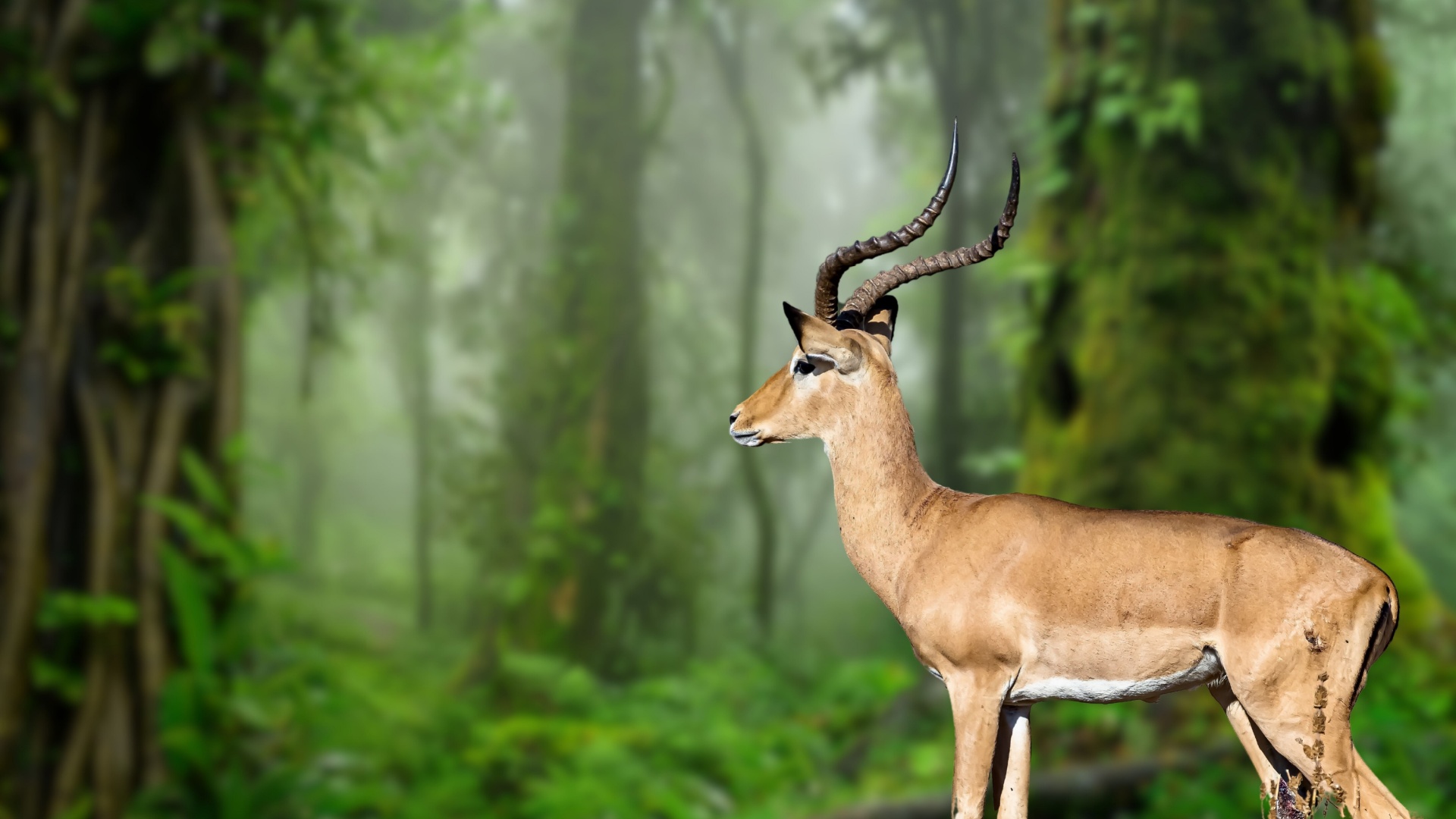
Across the planet, there are certain animals that can only be found in one specific place. These are called endemic species. They naturally exist in just one part of the world and nowhere else! Can you imagine?
These animals have evolved and adapted to thrive in their unique environments, shaped by the conditions of their specific habitats over time.
You might wonder, how can a panda be endemic if I’ve seen one in Austria? Well, the giant panda is endemic to China, meaning it naturally exists only in China. The ones you see elsewhere are in zoos or reserves, not in their natural habitat.
While many endemic animals are found in isolated parts of the world, like islands or remote mountains, they can sometimes be seen in other places due to human activity or conservation efforts.
Let’s explore more about these unique and fascinating creatures and their habitats.
1. Giant Panda
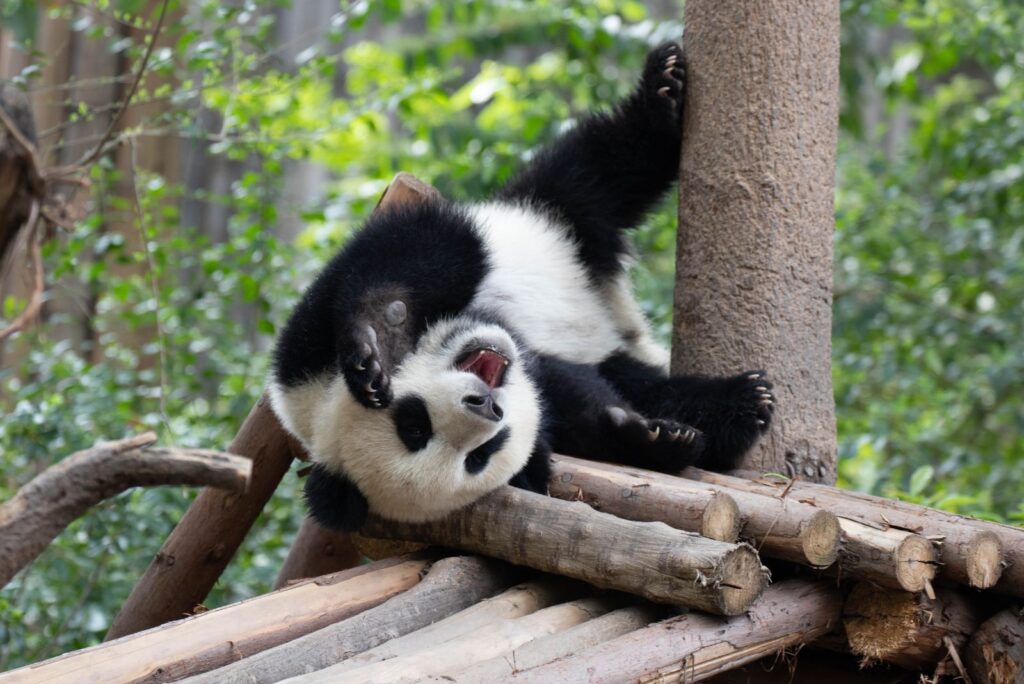
Credit: Shutterstock
Home: China
This vulnerable animal by the scientific name of Ailuropoda Melanoleuca is adored and loved all around the world.
Despite their special status and very few natural predators, pandas are still at a high risk of extinction, facing threats like loss of habitats, low birth rates, climate change, and human impact. Sadly, humans have caused their wild population to drop to around 1,800.
2. Poison Dart Frog
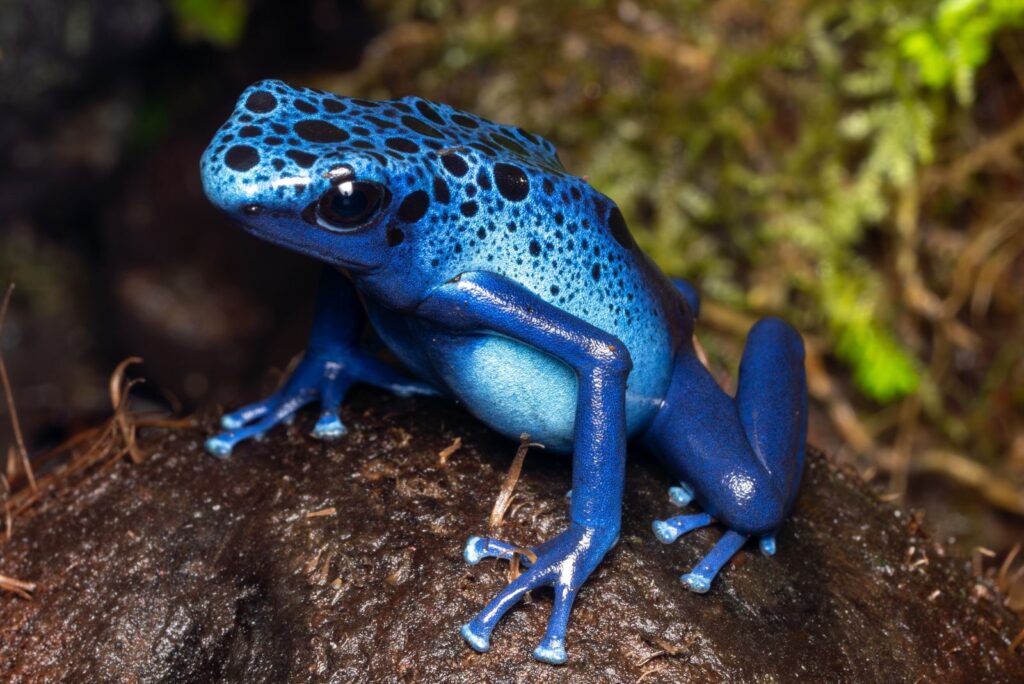
Credit: Shutterstock
Home: Costa Rica
The Poison Dart Frog can be found in the tropical regions of Central and South America.
It is known for its vibrant colors, but don’t be fooled by its beauty, because these frogs can be poisonous to humans. In fact, some species have enough poison to harm or even eliminate large animals.
They’re usually less than an inch long and difficult to spot in their dense natural habitat.
3. Glacier Bear
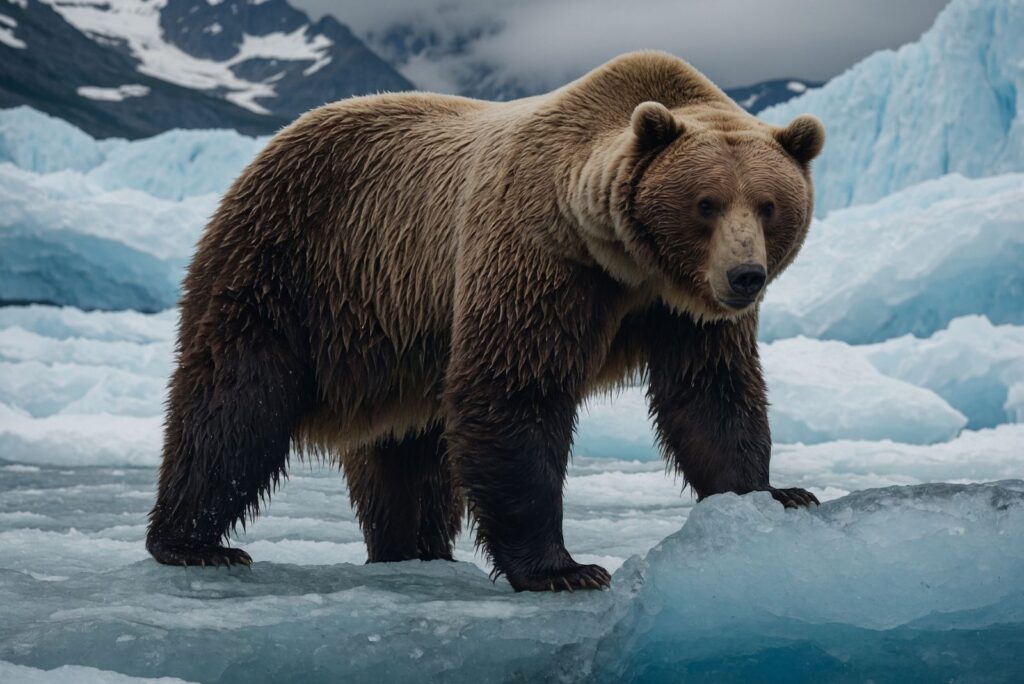
Credit: Shutterstock
Home: Alaska
The Glacier Bear is a rare subspecies of the American Black Bear, known for its strikingly distinctive silver-blue fur.
Native to the coastal areas of Southeast Alaska, British Columbia and the Yukon, these bears play an important role in the ecosystem. Their unique appearance is caused by a recessive gene, making them a special sight in nature.
4. Kiwi
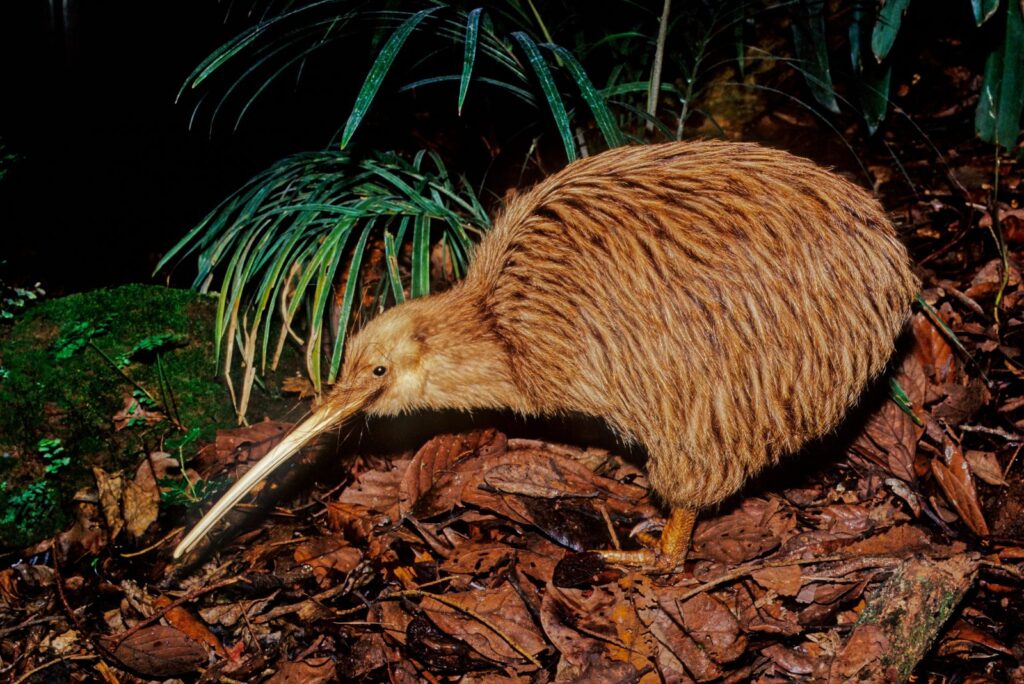
Credit: Shutterstock
Home: New Zealand
This national icon is so important to the people of New Zealand that they even started calling themselves “Kiwis.” I bet you’ve seen them, if not on the Discovery Channel, then in cartoons!
They are nocturnal creatures with an incredible sense of smell. Sadly kiwis are endangered due to habitat loss and predators, but the people of New Zealand are working on preserving and protecting these wonderful birds.
5. Scottish Wildcat
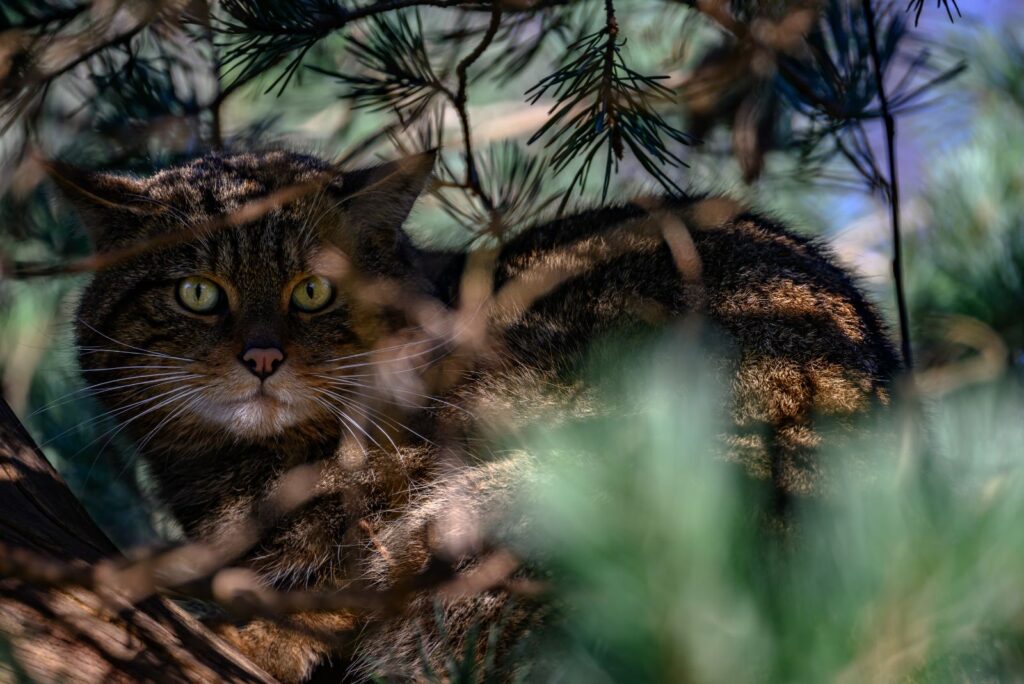
Credit: Shutterstock
Home: Scotland
The Scottish Wildcat, often called “Tiger of the Highlands”, is a small yet powerful predator known for its bushy tail and striped coat.
Since they are found deep in the remote forests of the Scottish Highlands, these wildcats are well adapted to the harsh conditions of this area. Sadly, less than 100 remain in the wild today, due to habitat loss, hunting and interbreeding with domestic cats.
It’s sad that the Scottish wildcat is facing extinction, but on the bright side, their interbreeding with domestic cats has given us the adorable Kellas cat.
6. Platypus
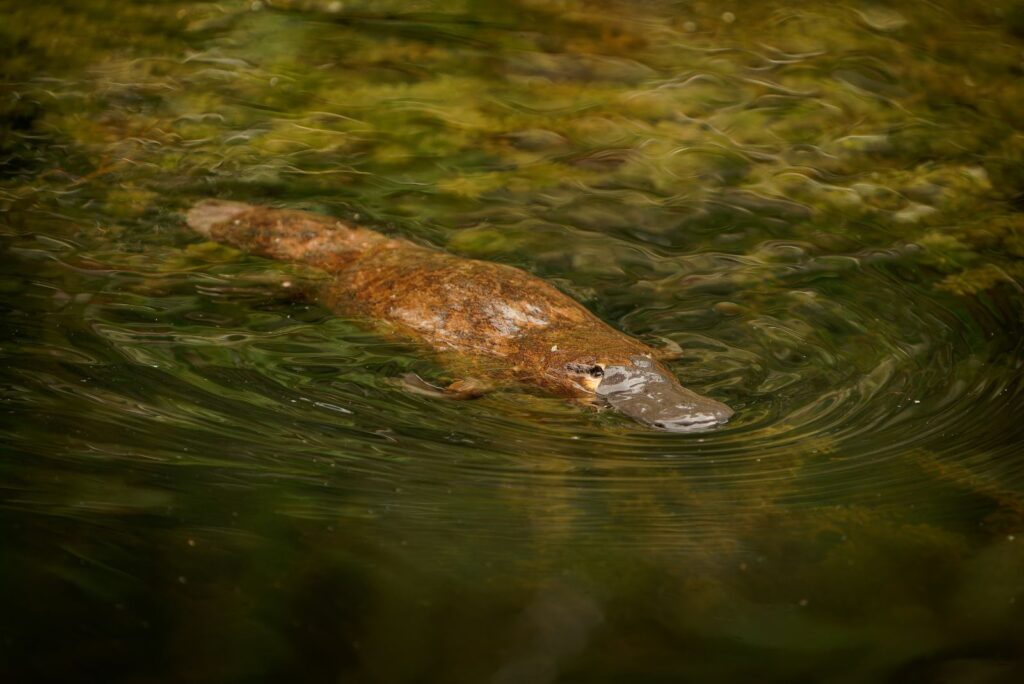
Credit: Shutterstock
Home: Eastern Australia
The platypus has a remarkable mix of features: webbed feet, tail characteristic to beavers, bill resembling that of a duck. I bet you remember Disney’s Perry the Platypus, or you still watch it with your kids like I do!
What fascinates me is that the platypus is one of only five egg-laying mammals, known as monotremes. Even more interesting, male platypuses have venomous spurs on their hind legs, which they use for self-defense.
Although this animal isn’t endangered, platypus populations are vulnerable to habitat loss and water pollution, which can be life threatening.
7. Brookesia Micra
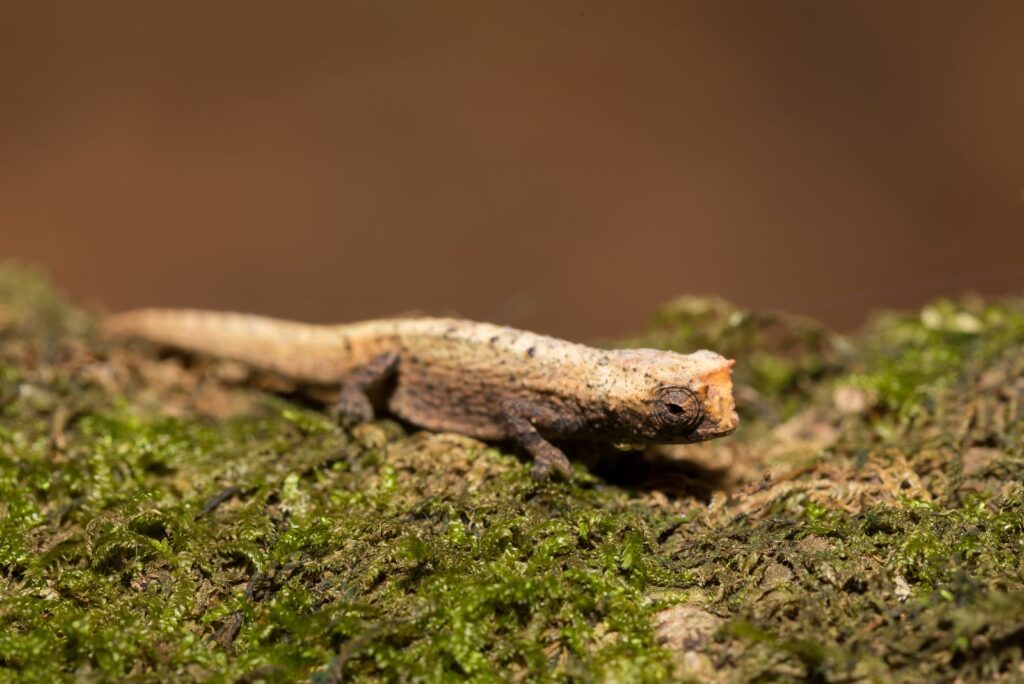
Credit: Shutterstock
Home: Madagascar
Brookesia micra is considered to be the world’s smallest chameleon measuring to be around 1 inch long. How adorable is that?
This tiny creature lives on the island of Nosy Hara, in the warm karst forests. We could contribute its size to island dwarfism, a phenomenon that causes species who live on isolated locations to become smaller due to limited resources.
8. American Alligator
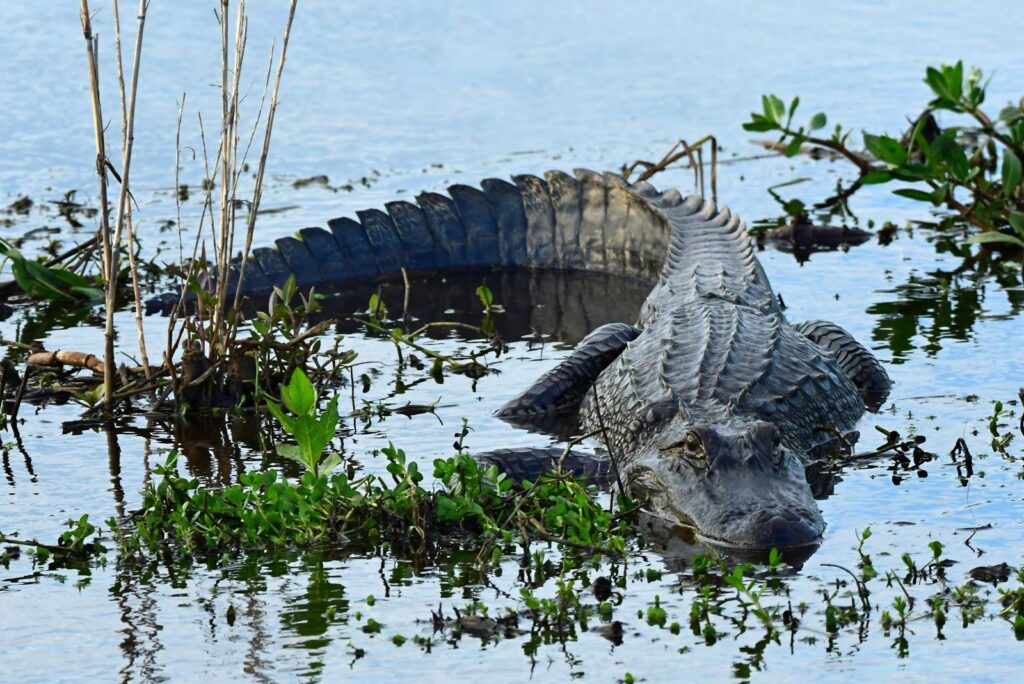
Credit: Shutterstock
Home: Southern United States
Known for their impressive size and strength, these reptiles can grow up to 15 feet long and weigh over 800 pounds.
They are skilled swimmers thanks to their powerful tails that help them navigate water with ease. Although considered fierce predators, females show strong protective instincts towards their young.
Sadly, they still face threats from human interference and habitat loss, both of which are driven by human activities.
9. Javan Rhinoceros
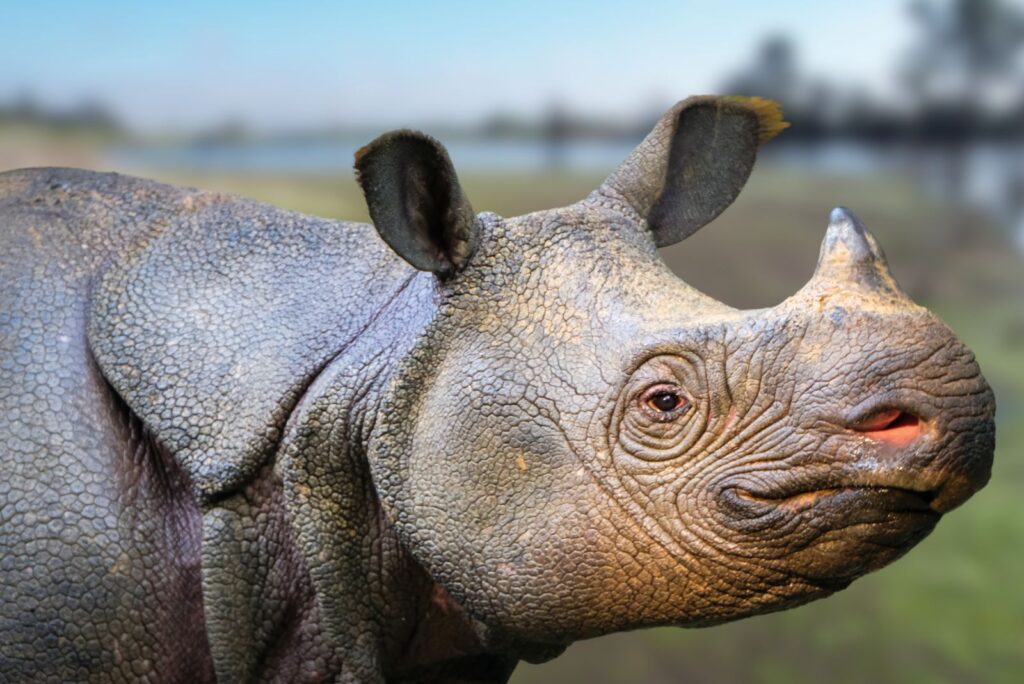
Credit: Shutterstock
Home: Indonesia
The Javan rhinoceros is one of the rarest rhino species in the world with a population of fewer than 75 rhinos all found in the Ujung Kulon National Park in Indonesia.
The Javan rhinoceros is smaller than most other types of rhinos. Male Javan rhinos have one small black horn, usually less than 10 inches long, while females usually don’t have a horn at all. This makes them different from all other rhinos in the world!
10. Tasmanian Devil
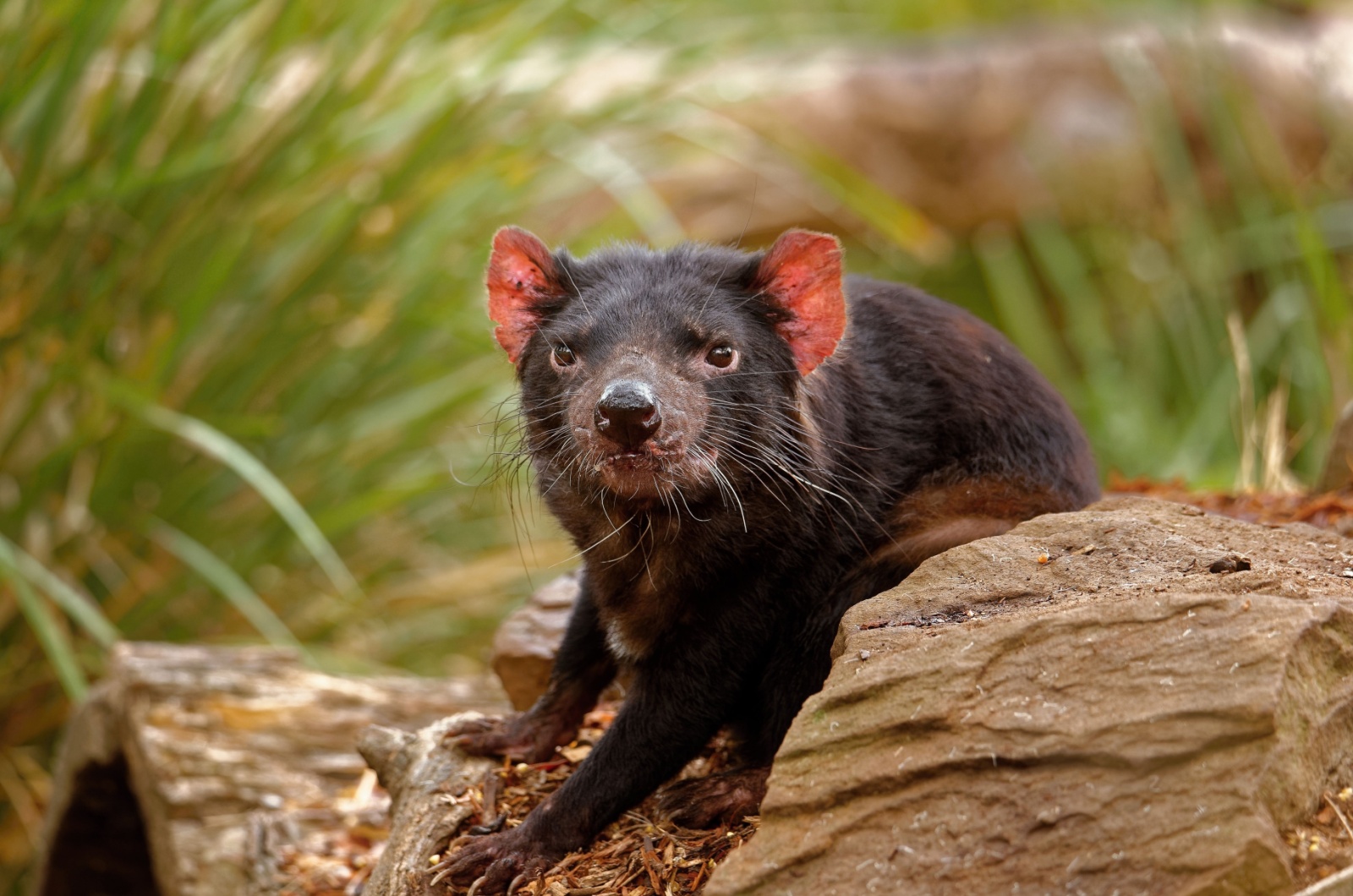
Credit: Shutterstock
Home: Australia
The Tasmanian devil is a feisty little carnivore found only on the island of Tasmania, making it one of Australia’s most iconic endemic species. Known for its powerful jaws and loud, eerie screeches, this marsupial thrives in the island’s forests and coastal areas.
It’s the largest carnivorous marsupial in the world, hunting small prey and scavenging on carrion, playing a crucial role in keeping ecosystems clean.
Despite its tough reputation, the Tasmanian devil faces threats like habitat loss and a contagious cancer, making its conservation a vital effort to preserve this fascinating creature.
11. Axolotl
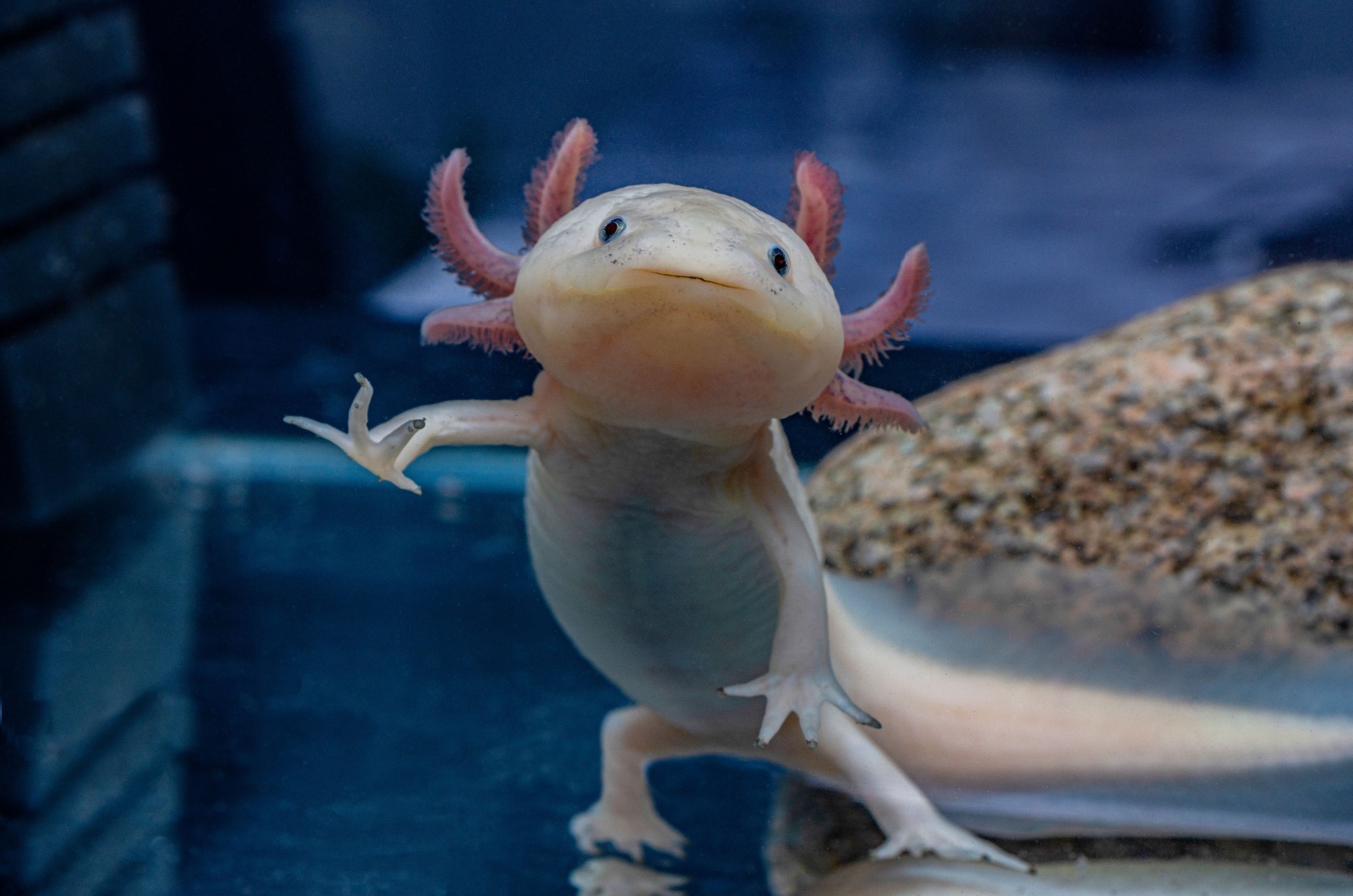
Credit: Shutterstock
Home: Mexico
Often called the “Mexican walking fish”, the axolotl is a unique salamander found only in the lake complex of Xochimilco near Mexico City.
What makes it truly fascinating is its ability to remain in its larval stage throughout its life, complete with gills and a charming, permanent smile. These creatures thrive in the calm, freshwater canals and lakes, but pollution and habitat destruction have pushed them to the brink of extinction.
Despite their endangered status, the axolotl continues to captivate scientists and animal lovers alike with its remarkable regenerative abilities and quirky appearance.
12. St. Lucia Parrot
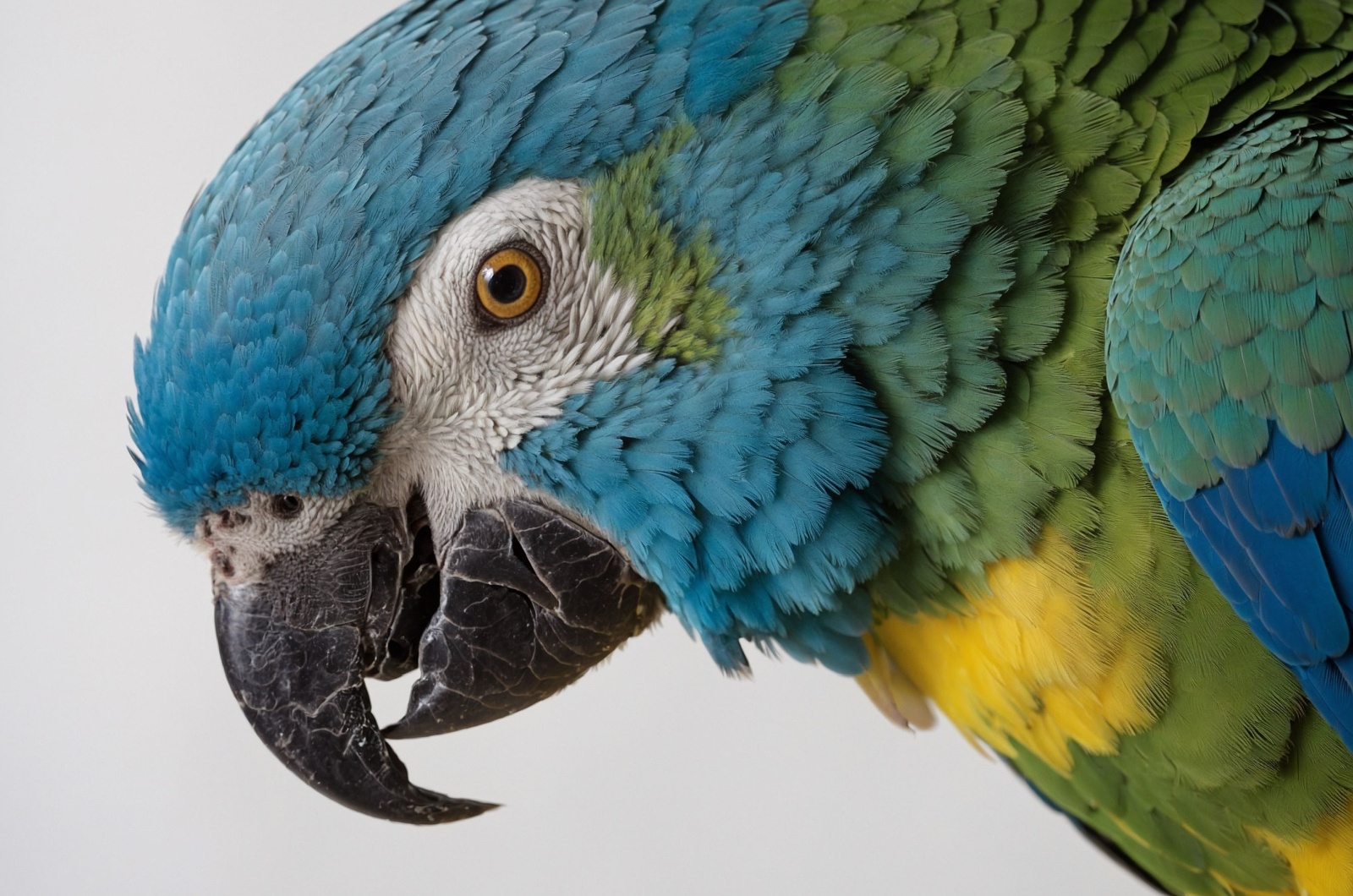
Credit: Shutterstock
Home: St. Lucia
The St. Lucia Parrot is found exclusively on the Caribbean island of St. Lucia.
With its dazzling mix of green, blue, and red feathers, this rare parrot is a true symbol of the island’s natural beauty. Despite its striking appearance, the St. Lucia Parrot is elusive, spending most of its time in the dense rainforest canopy.
Deforestation and poaching once brought this species to the brink of extinction, but conservation efforts have helped its population recover. Today, it remains a cherished national treasure and a reminder of the importance of protecting island wildlife.
13. Saola
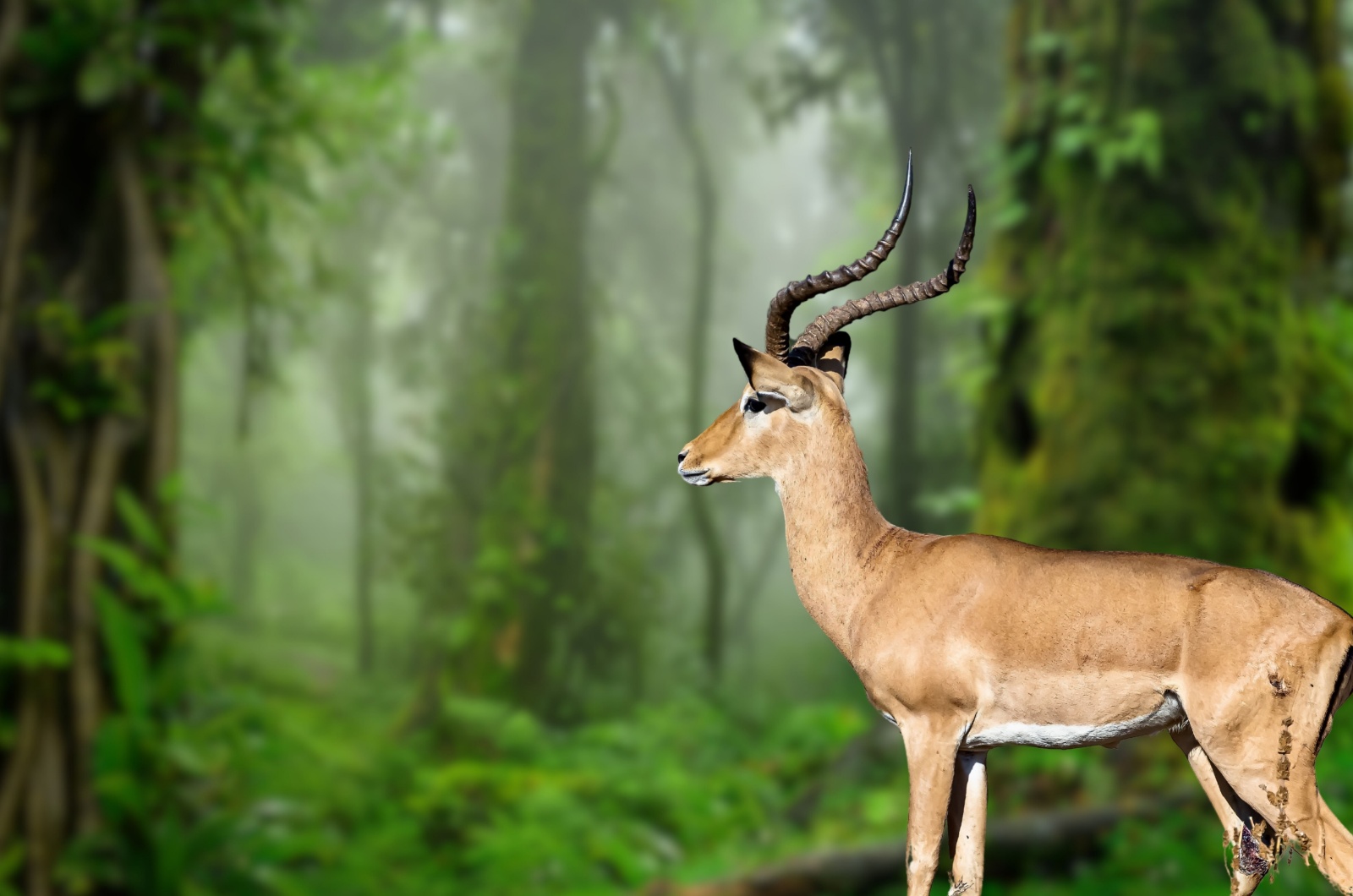
Credit: Shutterstock
Home: Laos & Vietnam
The Saola, also called the “Asian Unicorn,” is one of the rarest and most mysterious animals in the world.
Living deep in the remote Annamite Mountains, this elusive antelope-like creature was only discovered in 1992. Its long, straight horns and elegant build make it one of nature’s most unique species.
Saolas are incredibly difficult to find, and little is known about their behavior in the wild. Habitat loss and poaching have made them critically endangered, and spotting one in the wild is nearly impossible. Conservationists are racing to protect this hidden gem of Southeast Asia.

